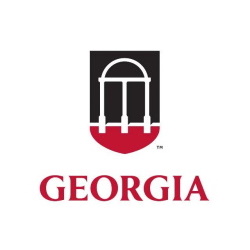Our History
About Us

1989
Our Beginnings
The research behind our technology began in 1989 by SLH and stretched into the early 2000’s, but the additional uses would remain elusive.

2003
Toxin Potential
ApoL1 identified as a lytic component within the HDL.

2010
Therapeutic potential
First questions proposing ApoL1-containing HDLs as cancer treatments posed.

2013
Proof of Concept
The first experiments testing ApoL1 ability to kill mammalian cells are completed.

2014-2020
Battling Multiple Myeloma
Ann Hajduk, wife to cofounder Steve, battles multiple myeloma and to honor her fight, helps us focus our attention on turning this trypanocidal toxin into a cancer drug.

2020-2021
Targeting the therapy
Building on initial data that ApoL1-HDLs can kill mammalian cells under certain conditions, we developed the bispecific antibody technology to specifically target the HDL towards cancer cells.

2021
The Start of Annate
In 2021, we founded Annate Bitherapeutics with the goal of using our knowledge and experience of human innate immunity to develop therapeutics which target and kill human cancers. Always in honor to Ann and the Innate immune system: Annate.

2022
Targeting Multiple Myeloma
Annate receives funding from the Georgia Research Alliance to further develop the targeted treatment of multiple myeloma.
Our Mission
The goal of Annate Bitherapeutics is to develop an entirely new approach to cancer treatment by redirecting an arm of the human innate immune system from that of killing invading pathogens to the highly specific targeting and elimination of human cancers. Our approach circumvents the need for toxic drugs, stem-cell transplants, or activation of T-cell dependent pathways.
We are currently developing our technology to target both solid and liquid tumors and strong preliminary findings suggest little to no off-target toxicity, thanks in part to the unique use of a naturally occurring immune component and the repurposing of a delivery mechanism which is already FDA-approved.
Pioneering precise, accessible cancer therapies for a hopeful future.
